Introduction
Moving heavy objects can be a daunting task, often leading to strain and potential injury. However, the advent of tools like the Shoulder Harness has revolutionized the process, making it safer and more efficient. This article delves into the world of the Shoulder Harness, a harness system designed to distribute weight evenly, reducing the risk of back injury. We'll explore how it works, its components, a step-by-step guide on its usage, safety precautions, and its benefits. We'll also compare it with other lifting tools and share real-life applications and testimonials.
Understanding the Shoulder Harness
A shoulder harness, also known as moving straps or lifting straps, is a harness used in transport and logistics. It allows moving personnel to distribute the load evenly on the shoulders and hips, reducing the risk of back injury. These tools are often used in pairs by two people carrying an object between them and are sometimes used by moving companies. A similar device, the forearm lifting strap, places the weight on the forearm instead of the shoulder and hips.
How the Shoulder Harness Works
The Shoulder Harness works by using natural leverage and the muscle groups in your legs and shoulders. It's a 2-person system where both people slip the harness over their heads, place the lifting strap under the object, squat to adjust the webbing for differences in their heights and the weight of the object, then stand up. This system encourages safe lifting techniques, reduces the risk of injury, and significantly decreases strain on your lower back, hands, biceps, and forearms. It's a proven way to move big, bulky items, safely, easily, and more efficiently than a traditional moving dolly.
Components of the Shoulder Harness
The Shoulder Harness is a 2-person lifting system designed to ease the burden of moving heavy and bulky objects. The kit comprises two harnesses and one lifting strap that is 12 feet long and 5 inches wide. The harnesses are worn over the shoulders, and the lifting strap is placed under the object to be moved. The design of the Shoulder Harness allows for adjustments to accommodate differences in the lifters' heights and the weight of the object. This system is designed to leverage the muscle groups in your legs and shoulders, reducing strain and risk of injury.
Using the Shoulder Harness: Step-by-Step Guide
Using a shoulder harness involves a few steps. First, put on the shoulder moving straps and place the lifting strap under the item you intend to move. Buckle up and adjust the length of the carrying strap. Lift the item using the leverage from the straps and the strength of your shoulder and leg muscles. Work in tandem with your partner to carry the item to its destination. If you need to move items up or down stairs, shoulder moving straps are your best option. The person lower on the stairs takes more of the weight of the item.
Safety Precautions When Using the Shoulder Harness
The Shoulder Harness is designed to maintain ergonomic upright positions while moving heavy objects, minimizing the strain and risk of injury to your back, hands, and arms. The patented lifting system uses the strength of your legs and shoulders to lift and move objects. The harness allows the use of a free hand to open a door, grab a handrail, or balance the object you are moving. This design significantly decreases strain and the risk of injury during heavy lifting tasks.
Benefits of Using the Shoulder Harness for Heavy Lifting
The Shoulder Harness is a game-changer for heavy lifting. It reduces back, arm, and hand strain, promoting safe lifting techniques and reducing the risk of injury. By using natural leverage and the muscle groups in your legs and shoulders, it significantly decreases strain and risk of injury to your lower back, hands, biceps, and forearms. It's a proven way to move big, bulky items safely, easily, and more efficiently than a traditional moving dolly. The recommended carrying capacity is up to 800 lbs, subject to the lifter's ability.
Comparing the Shoulder Harness with Other Lifting Tools
The Shoulder Harness is a standout in the moving straps market. It's designed for two people to lift heavy objects up to 800 lbs, easing the burden of moving. It's a top choice for both professional and DIY movers due to its affordability and durability. In comparison, other heavy-duty pro lifting straps are a premium option, offering the highest quality and comfort for professional movers. Other shoulder lifting straps are a more affordable alternative, designed for moderate use and can lift up to 600 lbs. Each of these products has unique features catering to different moving needs.
Real-life Applications and Testimonials
The Shoulder Harness has been used in various real-life scenarios, particularly for moving heavy items like pinball machines. Users have shared their experiences, highlighting its effectiveness in managing heavy loads. For instance, one user successfully moved a pinball machine down a flight of stairs with the help of a Shoulder Harness. However, some users pointed out the need for caution, as the person at the front carries most of the weight. Other users suggested alternatives like forearm forklifts, hand trucks, and breaking down the item into manageable pieces. Overall, the Shoulder Harness was considered a viable solution for heavy lifting tasks.
Conclusion
The Shoulder Harness has proven to be an invaluable tool for heavy lifting, offering a safer and more efficient alternative to traditional methods. Its design allows for the distribution of weight across the body, reducing strain and risk of injury. While it's not a one-size-fits-all solution, it's a game-changer for many, from professional movers to DIY enthusiasts. Despite its advantages, it's crucial to use it correctly and take necessary precautions. The Shoulder Harness, along with other lifting tools, has opened up a new era in moving heavy objects, making it a task that's not just manageable, but also safer.

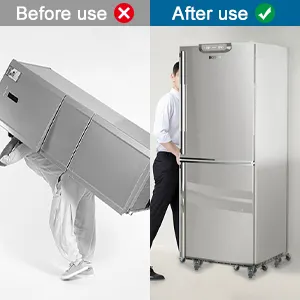





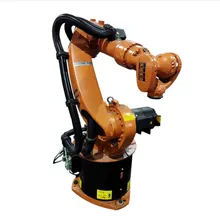
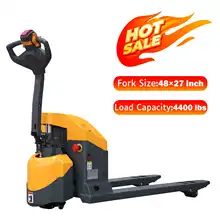








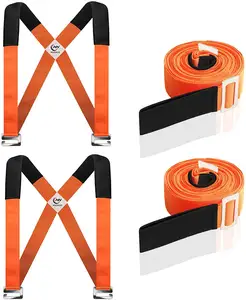

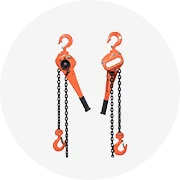
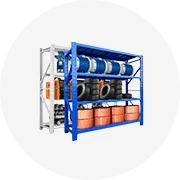
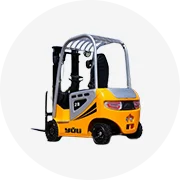








 浙公网安备 33010002000092号
浙公网安备 33010002000092号 浙B2-20120091-4
浙B2-20120091-4